“Recalling all those childhood days enjoying fishing at the Kongba river is very enjoyable and the memory will remain a treasure for my whole life. I wish I can again feel the happiness and thrill that I enjoyed while catching fishes and feel the excitement and joy”, said Lanpoklakpam Agoubi Devi, 65, of Khundrakpam Makha Leikai, Imphal East. She expressed that the water of the Kongba river was so clear and clean those days unlike today’s dirty and polluted water. Even the locals used to drink the water directly from the river, she added.
Angoubi said during the 1980’s many indigenous fishes such as Meetei Sareng, Ngahou, Ngaten, Ngaton, Nganap, Pengbatharak, Ngakha-mitnganbi, Ngasep, Ngakijou, Porong, Ngakra, Meetei Ngamu, Ukabi etc were abundantly found in the Kongba river. People use to catch many fishes during rainy seasons, scooping them with big bowls from the fishing nets and put into big bags with zipper. They also use to catch fishes though in less number during the lean seasons. But these days due to many reasons, the fishes are missing even during the rainy reason. During those days, the fishes were dried, smoked and preserved and lasted for the whole year or more for family consumption. Surplus fishes were also sold to augment family incomes. Now the river which flows passing her locality is all dried up even in the rainy season also. Agoubi expressed her desire for the river to be revived and so she and others can catch fish from it again.
Kongba river is a freshwater river of Manipur which originates from Kongba Maru at the end of Koubru range and joins Imphal river at Kiyamgei. It is one of the major feeders of Imphal river located in between latitude 23.80°N to 25.68°N and longitude 90.03°E to 94.78°E. The river has a catchment area of 144.2 square kilometers. The length of the river is 35.8 kilometers. Even though the river is small in size and length, it is considered as one of the most important rivers for the traditional communities of Meetei. Increased anthropogenic activities for domestic purpose in bathing, washing clothes and utensils, dumping of household garbage, uncontrolled discharge of untreated domestic sewage etc. are the some of the major factors for deteriorating the quality of the water. In earlier days, the river served as a water source for irrigation and domestic water supply.
Another elderly woman, Yumlembam Shangbanabi Devi, 70, of Uchekon Takhok Mapal, Imphal East, expressed that 30 to 40 years ago she used to catch many fishes like Meetei Sarang and other fishes from the Kongba river. When she was young, she used to swim a lot with her friends in the river. Now the water is black in colour and has a rotten smell. She regrets as even a handful of water of the river cannot be used for domestic purposes. Now she cannot catch even a fish from the river. Shangbanabi said she feels disappointed recalling all those exciting moments of catching fishes from cleaned Kongba river. She will be very happy if the water is free from pollution and regains its original form.
Another young resident of Kongba Uchekon Yubrajpali, Imphal East, Dr. Moirangthem Sanatombi, 30, narrated to IRAP that she learnt the art of swimming in the Kongba river since her lower primary grade. She also collected snails and oyster from the river. At those days her elders used to catch varieties of local fishes from the river. Sanatombi use to enjoy rafting in the river using banana stem raft. Those enjoyable and cheerful days remains as a story for her life. Due to the sudden change in the quality of water in the last few years there are no more fishes, snails and oysters found in the river. Experts are of the view that the presence of snails and oysters are a clear indication of clean and pure water. She regrets that the fishing scenes in her locality cannot be seen again. She appealed to the people and the concerned authorities to put all efforts to revive Kongba river.
Prof. Waikhom Vishwanath (retired), Department of Life Sciences, Manipur University told IRAP that the real indigenous fish of Manipur are Ngaten, Ngapang, Ngatin, Ngaroi, Ngathi, Nganoi, Pengba, Ngasheksa, Sareng Koibi, Nganap, Ngareel, Ngakijou, Ngasep, Ngakha-mitngangbi, Ngahou, Sareng, Ngakra, Meetei Ngamu etc. Among these, Ngaten, Ngapang, Ngathi, Ngaroi, Nganoi, Ngasheksa, Sareng koibi, Nganap, Meetei Sareng are now extinct from the state. Fishes such as Porom/porong and Ukabi were brought from outside the state. The reasons for the loss of indigenous fishes from the fresh water bodies in Manipur are loss of habitat, pollution, invasive species, flow modification and climate change. The introduction of major Indian carps (Rou, Mirgal, Catla), Chinese carps (Silver, Grass, Common) and weed fishes (Nilon-ngamu, Ngamubogra etc) in the river of Manipur during 1960’s are also the contributing factor for the extinction of the indigenous fish from the rivers. The fishes found in the sluggish water of the river that flows in Manipur including the Kongba are of endemic, low fecundity, tolerance and never a part of the competition with other fishes as compared with the exotic fishes that came from outside the state. The exotic fishes are genetically hardened species which can adapt at any environment, temperature, habitat etc. They are also quick growing and highly commercial. So there exist a shifting paradigm that leads to the extinction of indigenous fishes from the rivers of Manipur.
Mentioning about the conservation of the existing local fishes of the state, Prof. Viswanath appealed the concerned persons not to catch fishes during the breeding season, not to disturb the breeding cycle and the ecological water quality requirement for breeding and to conserve the breeding sites.
Dr Khangembam Rajmani, Associate Professor, Department of Zoology, DM University pointed out that 30 years ago, Kongba river had blue water which is considered to be one of the purest form of water. The quality of the water at that period favored the abundant presence of varieties of indigenous fishes in the river. But today due to anthropogenic activities that caused water pollution results in the loss of useful aquatic plants and animals of Kongba river. He opined that because of the high eutrophic value of river water there exist luxuriant growth of water hyacinth and other aquatic weeds. The local fishes are highly sensitive to pollution which leads to their extinction. In this regard, he suggested for judicious uses of pesticides, insecticides, weedicides etc. as the agriculture wastes are drained into the river. This will affect the fishes and other aquatic organisms which leads to biomagnification of hazardous chemicals in the human live.
Keeping in view to conserve the existing indigenous fishes of Kongba river of Manipur, all possible efforts need to regulate and execute. It’s the responsibility of every citizen to conserve the Kongba river and the fishes of the river. The indigenous fishes of Manipur have a close affinity with the culture of Meetei society since time immemorial. Fishes like Meetei Sareng, Meetei Ngamu, Nganap etc are used in various rituals of the Meetei society. The story of extinction of the indigenous fishes of Kongba river will remain as a folktale to the present generation. Its high time to introduce a holistic approach using scientific methods to revive the pathetic condition of the Kongba river.
(The article is filed under the 4th State Level Media Fellowship Programme on Climate Change under the sponsorship of the Directorate of Environment and Climate Change, Government of Manipur)



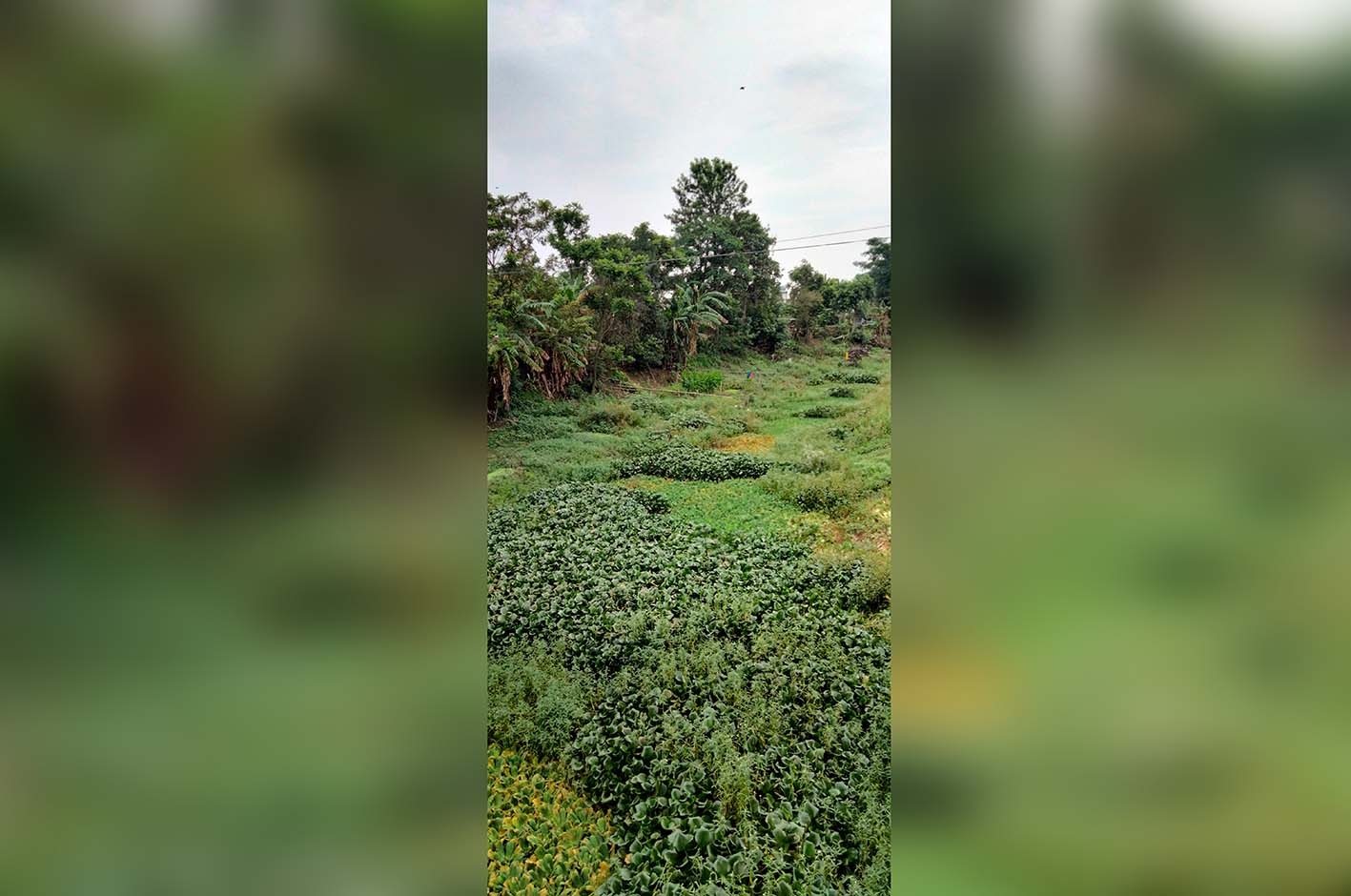

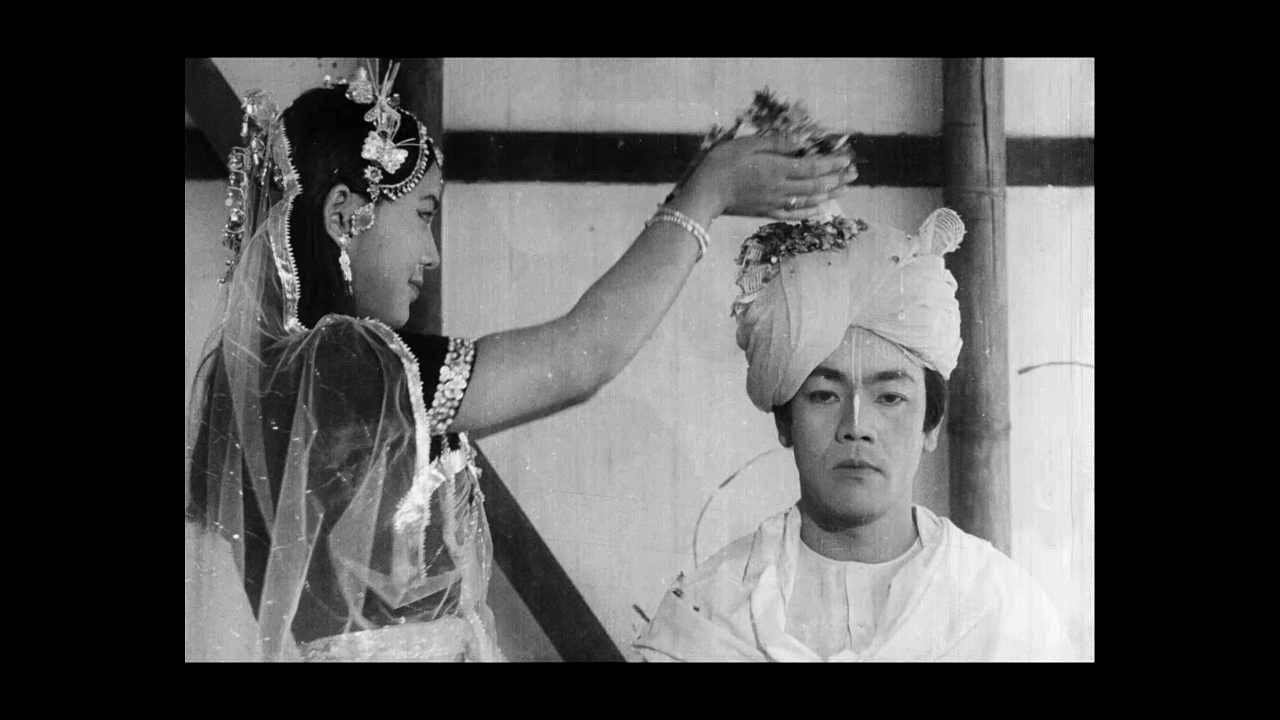
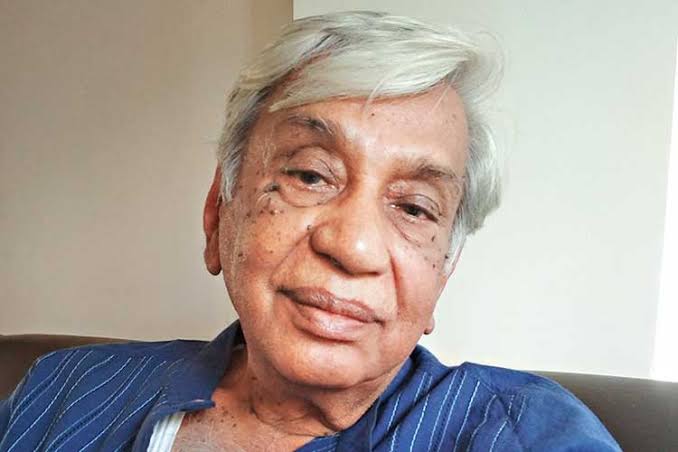
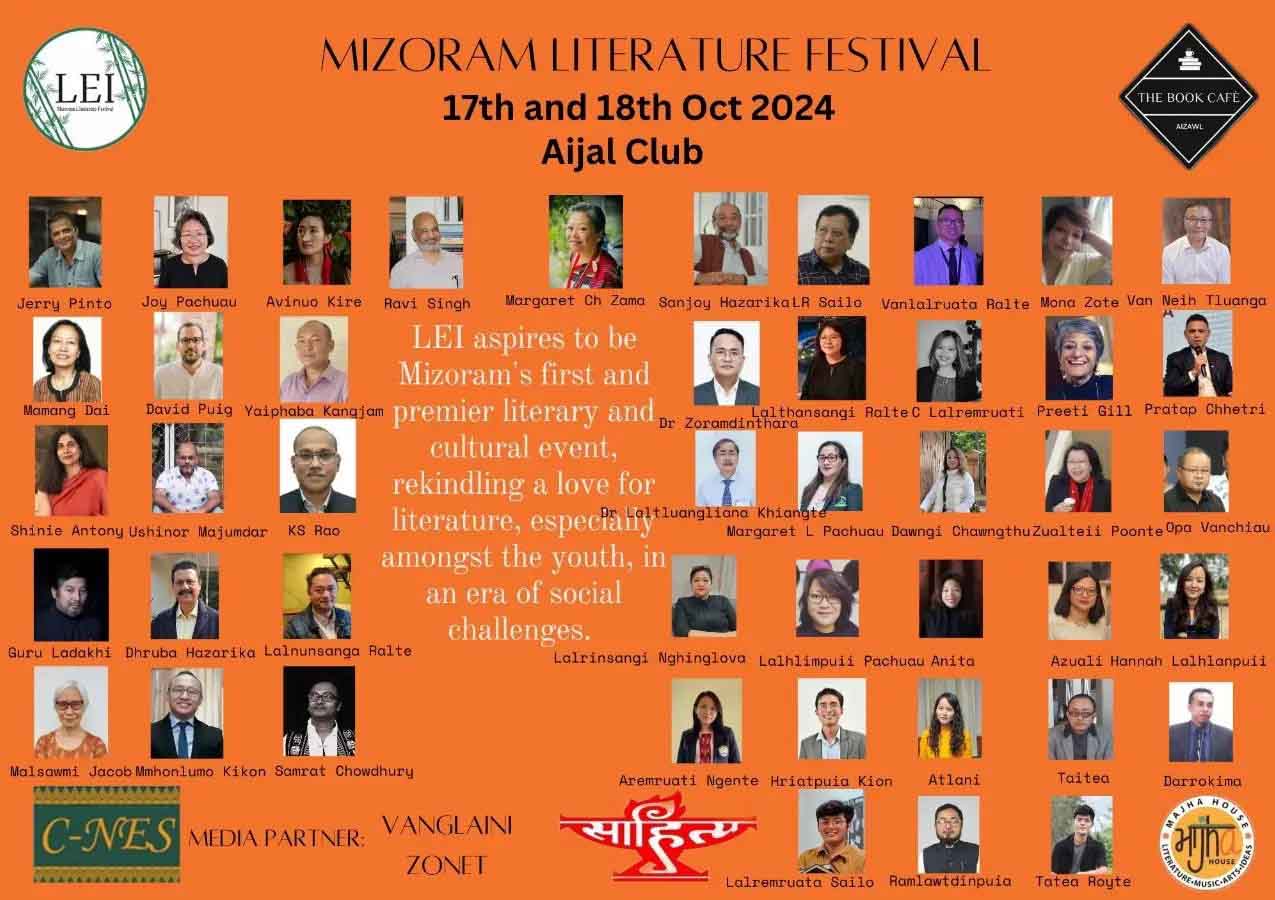

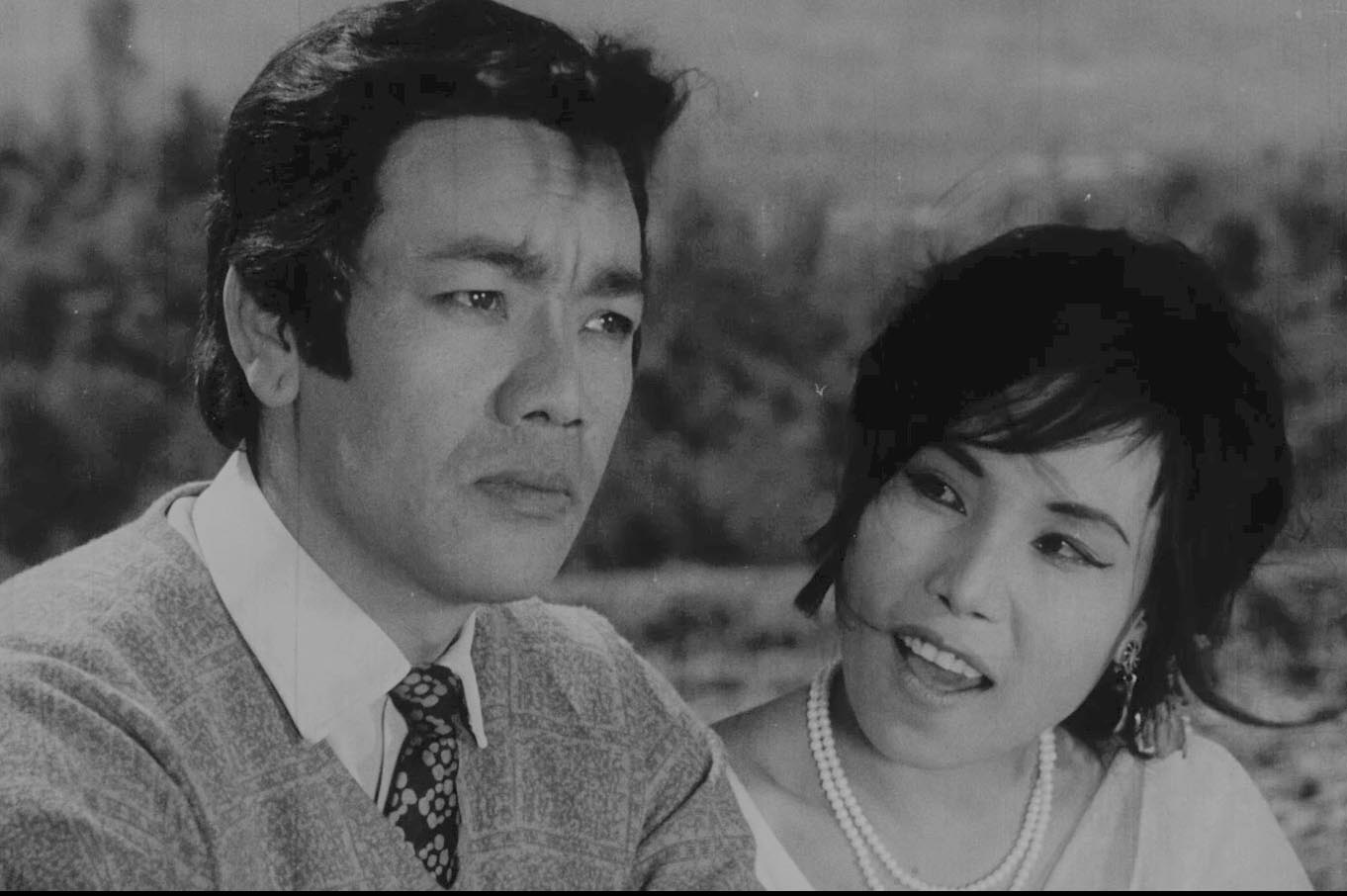

1 thought on “Indigenous Fishes Which Once Flourished in the Kongba River is Now no More Than a Folk Tale for the Present Generation”
It is very interesting documentary story, it would help the people particularly the upcoming generations which are unaware about the knowledge of indegenous fishes to know the existence.
Comments are closed.